| COMPACT | 8×21 | 12×32 | 8×25 | 8×32 | 8×42 | |||||
| MID-SIZE | 10×25 | 16×32 | 10×42 | 8×40 | 10×42 | 7×50 | 12×25 | 10X50 | 16×50 | |
| FULL-SIZE | 12×25 | 9×63 | 12X50 | 20×50 | ZOOM | |||||
| ASTRONOMY | NR | S | S | G | G | E | S | E | E | E |
| OUTDOOR | S | S | G | E | E | E | G | G | S | G |
| BOATING | S | NR | G | G | G | E | S | NR | NR | NR |
| GENERAL USE | G | G | G | E | E | G | G | G | NR | G |
| TRAVEL | E | G | E | G | G | S | E | NR | NR | G |
| SPORT | S | S | G | E | E | G | G | G | S | NR |
| SIGHTSEEING | E | E | E | G | E | G | E | S | S | E |
| E = EXCELLENT | G = GOOD | S = SATISFACTORY | NR = NOT RECOMMENDED | |||||||
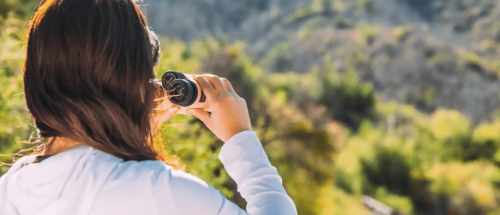 CHOOSING THE RIGHT BINOCULARS:
CHOOSING THE RIGHT BINOCULARS:When selecting binoculars, it’s essential to consider that the ideal pair doesn’t exist; choices are based on weight and intended use. Consumers are advised to have at least three varieties: compact, outdoor, and for general observation.
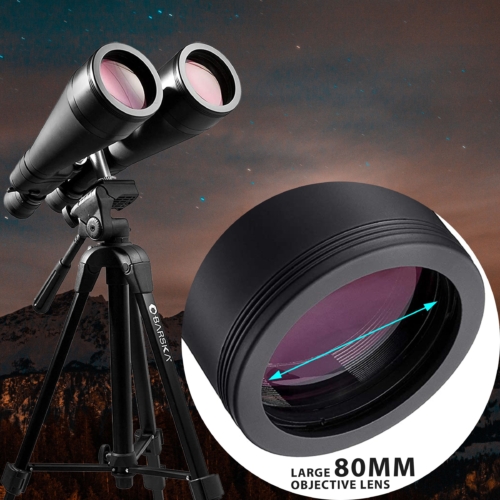
ASTRONOMY USE:
In astronomy, a 7×50 model is sufficient for moon gazing, while larger objectives like 8×56, 9×63, 12×50, 15×70, or 25-45×100 are needed for detailed planetary viewing. These bigger binoculars require a tripod due to their size and magnification. It’s best to choose binoculars with an exit pupil of 5mm or more for optimal viewing.
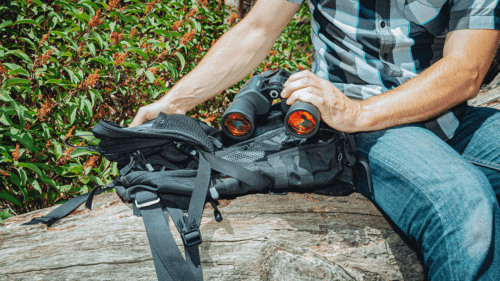
OUTDOOR ACTIVITIES:
For outdoor activities and backpacking, lightweight, compact binoculars such as 8×21, 8×25, 10×25, or 12×25 are preferable. Those keen on observing distant scenery or wildlife might opt for heavier models like 7×50, 8×40, 8X32, or 8×42 for better magnification and resolution.
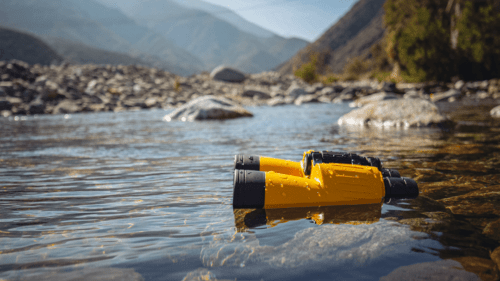
BOATING USE:
Boating enthusiasts or those near water would find a 7×50 Waterproof model ideal, especially for its performance in low light, field of view, and stabilization. Alternatives like 10X42 and 10X50 are also suitable, though higher power models have reduced stabilization.
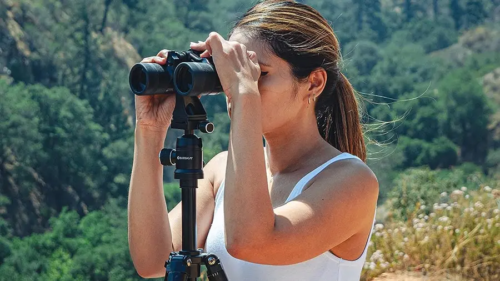
GENERAL USE:
For general use, such as bird watching, an 8×21 model works well for observing nearby subjects, but for distant objects like an eagle’s nest, larger models on tripods, such as 15×70, 12×50, or 20×50, are recommended. Diverse light conditions and focusing requirements make models like 12×32, 16×42, 10×42, and 10×50 advisable.
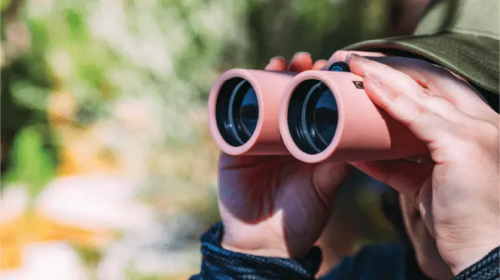
TRAVEL:
For travel, sports, and sightseeing, your seat location in a stadium influences your choice. Closer seats call for models like 8X21, 8×32, 7X35, while higher seats are better served by 12×32 or 16×32. Events in the late afternoon or early evening require binoculars with larger objective lenses, such as 10×50, for better viewing.
COMMON ISSUES WITH BINOCULARS:
Concerning potential issues, binoculars are generally durable if stored properly. However, common problems include double imaging due to misalignment after a shock, requiring professional adjustment, and broken lenses, often more expensive to repair than replace. Zoom binoculars might display a darker image as magnification increases and the exit pupil decreases.
In conclusion, since there’s no perfect binoculars, it’s crucial for consumers to understand their needs regarding weight and usage. Most people, including many shop assistants, lack in-depth knowledge about binoculars. Hence, providing basic information, effective point-of-purchase displays, and merchandising materials, along with a cross-reference chart, is key for successful binocular selection and sales.
CONCLUSION:
There’s no one-size-fits-all binoculars. Consumers should consider usage and weight. Knowledge and proper display in stores can greatly aid in selecting the right binoculars.
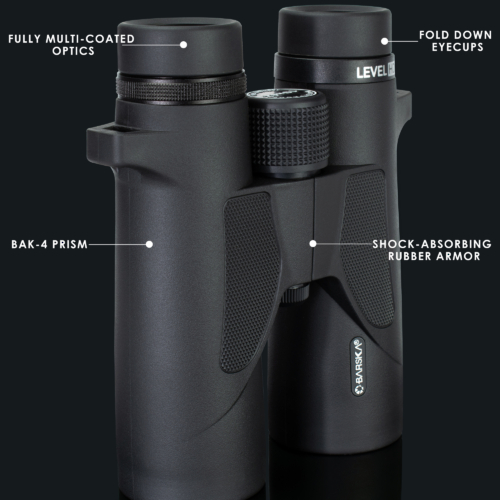
Binoculars Overview:
— Binoculars have two optical systems connected by a hinge, sharing a common focus system.
— They project images for both eyes, offering a realistic depth perception.
Binocular Types:
— Full Size (Standard): Large, with ≥35mm objective lens.
— Compact (Foldable): Modern, small, fits in hand, <32mm objective lens. -- Wide Angle: Similar to full size but with a wide field of view (400-900ft at 1000 yards). -- Zoom: Variable magnification for close-up viewing, though may be heavier and less sharp at high magnification. -- Waterproof: 100% waterproof and often fog-proof, sealed and nitrogen-purged. -- Focus Free: Automatically focuses at certain distances, ideal for fast-moving subjects. -- Binocam: Combination of traditional binoculars and digital camera. Binocular Performance:
— Determined by magnification, optical coating, lens diameter, prism type/grade.
— Ideal magnifications vary by use: 6x-8x for daylight, 7x-10x from dusk to dawn, 10x-12x for mountains, 8x-12x for hunting, 7x for water sports, 15x-100x for astronomy.
Types of Coating:
— Coated: Single layer on at least one lens surface.
— Fully Coated: Single layer on all air-to-glass surfaces.
— Multi-Coated: Multiple layers on one or more lenses/prisms.
— Fully Multi-Coated: Multiple layers on all air-to-glass surfaces.
— Colored Coatings: Ruby, Blue, and Green for various light conditions and applications.
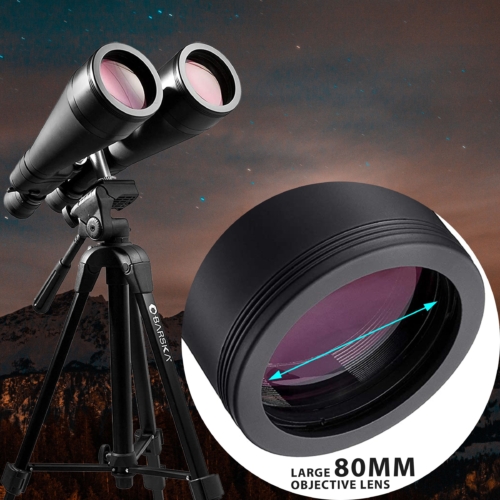
Lens Diameter:
— Second number in binocular formula (e.g., 7×50) indicates front lens diameter in mm.
— Larger lenses gather more light for a brighter image.
Light Transmission and Brightness:
— Depends on magnification, light intensity, objective lens diameter, glass quality, and light transmission/reflection loss.
— Relative Brightness Index (RBI) and Twilight Factor measure brightness and sharpness in low light.
Field of View:
— Measured as width of visible area at 1000 yards/meters.
— Higher magnification narrows the field of view.
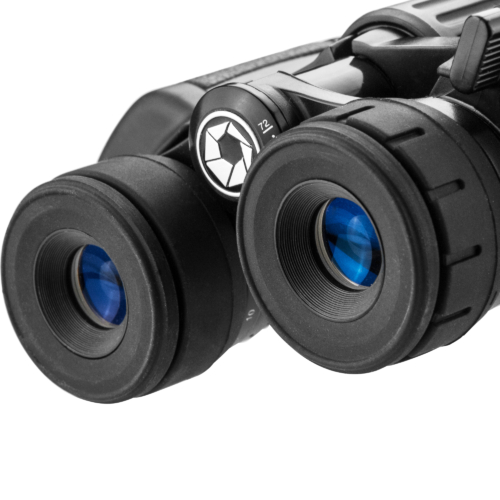
Exit Pupil:
— Circle of light visible at the eyepiece.
— Size determined by dividing objective diameter by power.
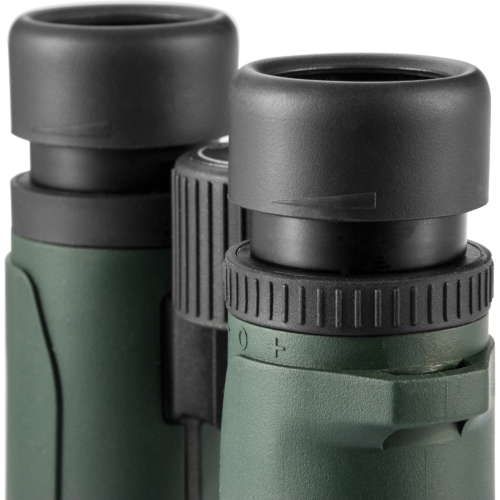
Eye Relief:
— Distance for full field view when held away from the eye.
— Long eye relief is better for glasses wearers.
Eyecups:
— For viewing with or without glasses.
— Types include twist-up, pop-up, and rubber fold-down.
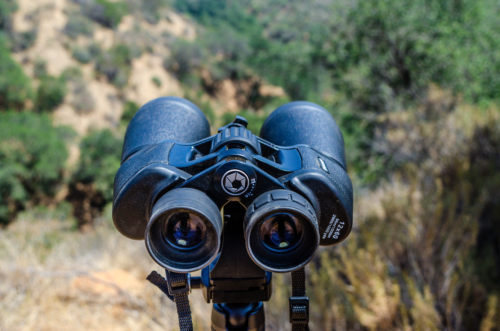
Interpupillary Distance (IPD):
— Adjustable distance between binocular tubes to fit different eye spacings.
Diopter Adjustment:
— Compensates for vision differences between eyes.
Focusing Types:
— Center Focus: Adjust with center focus, then fine-tune with right eyepiece diopter.
— Individual Focus: Adjust each eyepiece separately.
— Auto Focus/Focus Free: Instant focus, useful for sports and outdoor activities.
Prism Types:
— Roof Prisms: Slim design with overlapping, aligned prisms.
— Porro Prisms: Offsets the objective from the eyepiece for better depth and field of view.
— Reverse Porro: Horizontal offset for compact design.
Prism Quality:
— BAK-4: Higher density barium crown glass for sharper images.
— BAK-7: Borosilicate glass with lower density.
Written by Ronnie Hossain









